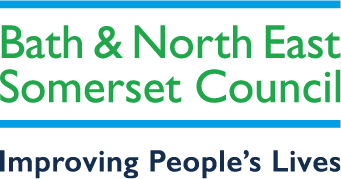Use this page to find out about the different types of houses in multiple occupation (HMO) licences, and the Mandatory and Additional licensing rules and requirements for HMOs.
Mandatory licences
You need a Mandatory HMO Licence for your property if the following details apply:
- it is occupied by 5 or more people
- those tenants form more than 1 household
- some or all tenants share toilet, bathroom or kitchen facilities
A family or single household can consist of: husband, wife, co-habitee, child, step-child, foster-child, grandchild, parent, step-parent, foster-parent, grandparent, brother, half-brother, sister, half-sister, aunt, uncle, niece, nephew, cousins.
Mandatory Licensing covers the whole of Bath and North East Somerset. Mandatory Licensed properties do not need an Additional Licence.
Additional licences
The Additional licensing scheme finished on 31 December 2023.
Before we can approve a new scheme, we will need to carry out a consultation on any proposed new Additional HMO Licensing Scheme. We will update this page as soon as we know if this will or will not happen.
HMO licensing exemptions
You will not need a Mandatory HMO licence if you own a flat that is occupied by 5 or more people and is situated in a purpose-built block comprising 3 or more self-contained flats.
